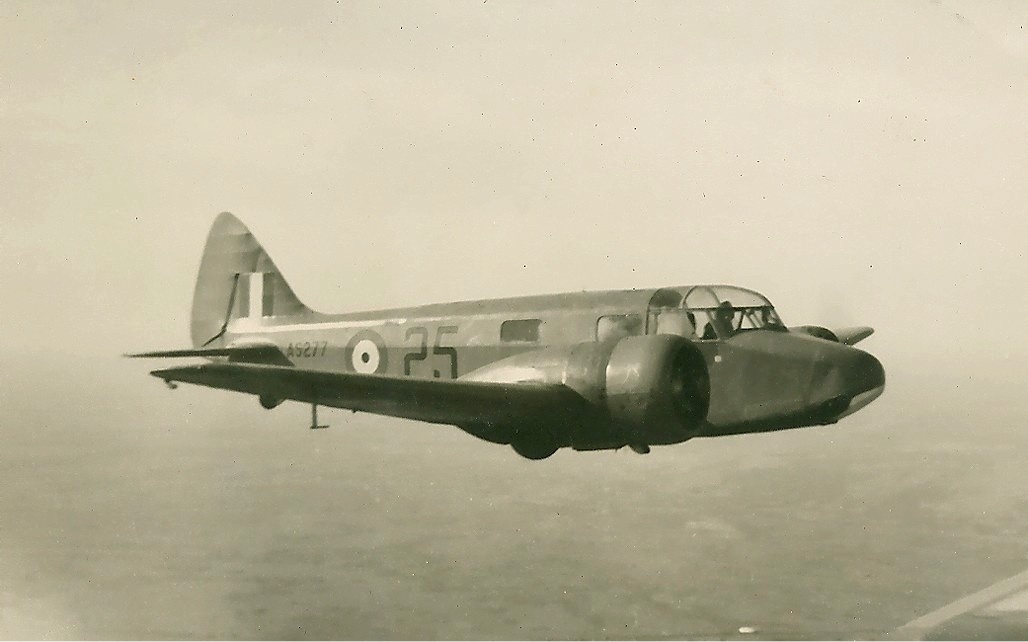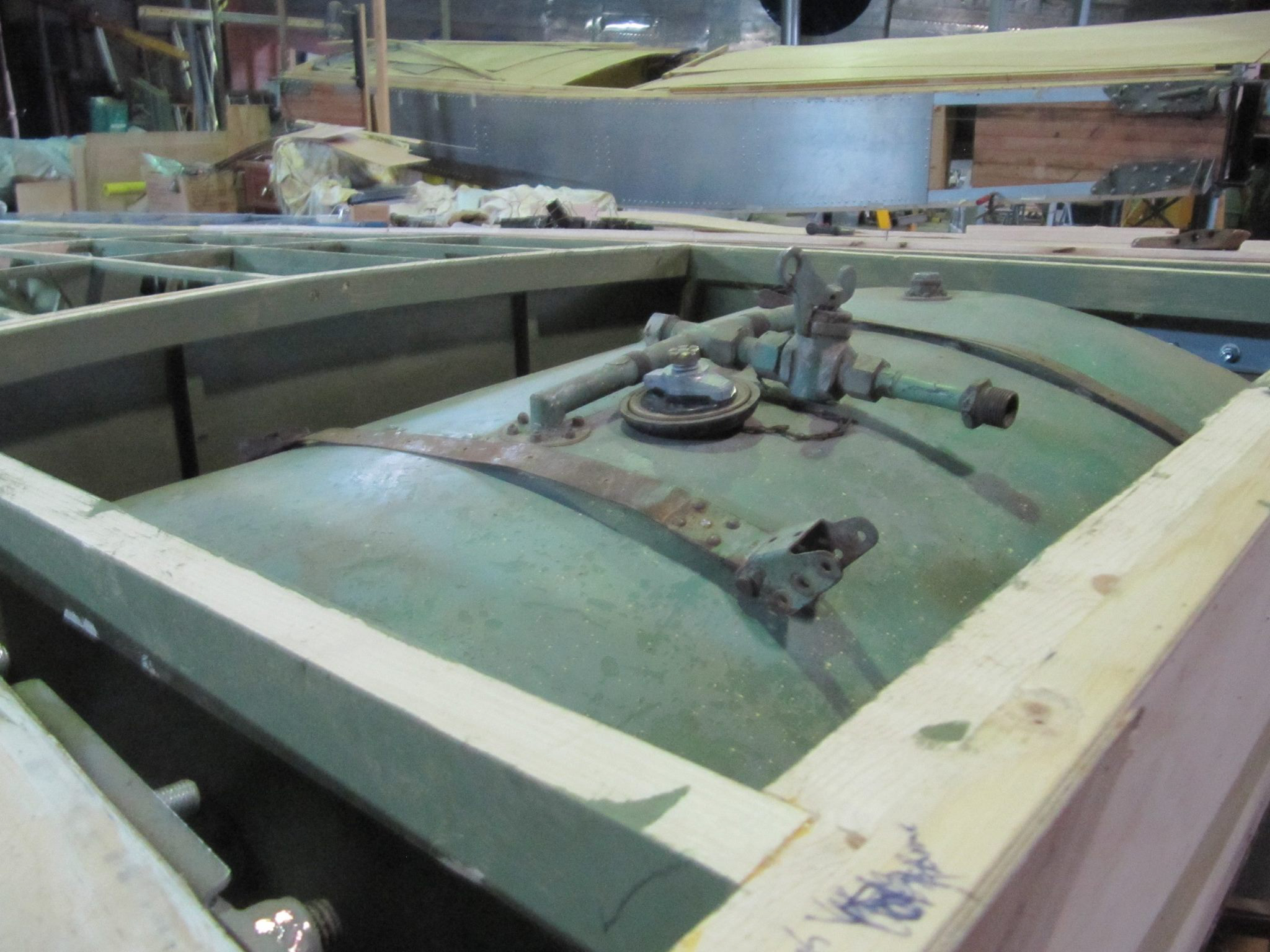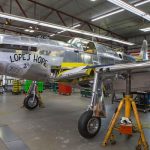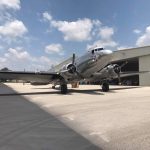
Update on the B-24 Liberator Restoration Fund’s Airspeed Oxford Replica
Report Collated by Phil Buckley with much thanks to Judy Gilbert and the B-24 Liberator team.
Most readers will have heard about the former Royal Australian Air Force B-24M Liberator A72-176 (ex-44-41956) under restoration in Werribee, Victoria. The project is run, very capably, by the B-24 Liberator Restoration Fund. However, few people outside of Australia will also know that the team is building an accurate replica of an Airspeed Oxford. The Oxford, constructed mostly from wood and clad in fabric, was a British-designed twin engined aircraft which many RAAF Liberator aircrew trained on before transitioning to the heavy bomber. This explains the museum’s interest in having an example on show beside the Liberator in Werribee to help tell the story more fully.
AIRSPEED OXFORD HISTORY
Designed for all aspects of aircrew training, the prototype Airspeed Oxford first flew in 1937 and was the military version of the Airspeed Envoy. At the outbreak of WW II, the British Government selected the Oxford for use in the Empire Air Training Scheme (EATS). A total of 8,751 Oxfords served in Britain, Australia, Canada, New Zealand, Rhodesia and the Middle East. In Australia, the RAAF allocated the identification prefix A25 to the Oxford type, but imported Oxfords retained their original RAF serials. Britain shipped 391 Oxfords to Australia and the RAAF accepted their first aircraft, P6878, on October 28th, 1940 and the last, LW999, on March 20th, 1944. Known by many students familiarly as the ‘Ox Box’, Oxfords performed many roles at EATS schools, from flying instruction to navigation, aerial gunnery, radio and bomber training. In addition Mk II versions operated with Nos 1, 2 and 5 Communication Units. Post-War, Oxfords remained in service as trainers and communication aircraft until they finally withdrew from service in 1953. Together with the Avro Anson, the Airspeed Oxford was responsible for all initial multi-engine flight training in the RAAF for over a decade.
WERRIBEE OXFORD
The history of the Werribee Oxford goes back to early 2000s, when the Royal New Zealand Air Force Museum in Wigram, New Zealand generously sent major assemblies from their own, intact Oxford to Werribee for the museum to take measurements. They also sent Oxford manuals for duplication. Having original components on site allowed the team at Werribee to build accurate jigs for their project. Once the measurements were completed, the RNZAF Museum’s Oxford returned to New Zealand, but the Australian project spent the next four years on hold.
Then a well-worn, original centre section arrived from South Australia as a donation. It had been discovered behind a barn…. yes, such “barn finds” do still happen! Research showed that this important artifact came from an unidentified crashed Oxford which had remained in situ for many years.
At this time, the restoration of the museum’s B-24 Liberator had reached a stage where most of the remaining effort had to be performed up on scaffolding and ladders, which was difficult for those volunteers uncomfortable working at heights. So some of this work force decided they would rather be involved with a floor-level project.
RESTORATION ACTIVITIES INCREASES
So with this in mind, the team decided to refocus their efforts towards making progress with the Oxford. The fund’s Mission Statement says that the museum will display the Liberator and associated training aircraft, so the Oxford is a perfect fit for their long term goals. One of the first tasks undertaken by volunteer John and his team was to work on the undercarriage legs and attachment fittings. Now a few years on, the project, led by Ken and Doug, has grown substantially.
Work to date has comprised the following achievements:
• The tailplane is completed and stored against the hangar wall.
• One propeller is completed.
• The port wing is almost completed.
• The centre section awaits completion.
• Work has begun on the starboard wing, the cockpit floor and structures.
Recent work by Ken has been focused on the trailing edge of the right wing spar and, at the moment he is gluing stiffeners in the spar to give it strength. Work is also under way to mark out the cockpit floor, as it’s vital that the cut out parts line up with the rest of the section. The Oxford used two Armstrong-Siddeley Cheetah 10 engines, and the museum already has a pair for their aircraft. The team’s “engine boys” have restored one of them to running order.
FUTURE OXFORD PLANS
Longer term plans aim to eventually provide the museum with a full-sized replica Airspeed Oxford, constructed in accordance with Airspeed drawings. Work space in the hangar is at a premium… they are a tad cramped… so the main concern for Ken and Doug, now leading a team of five, is how to get the B-24 Liberator out of their way so they’ll have room to move the Oxford safely. The B-24 project team is very thankful that, due to a couple of generous benefactors, there is enough dedicated money to allow the Oxford replica to proceed.
The good news for WarbirdsNews readers, is that we can soon expect a similar update on the B-24 Liberator Restoration Fund’s Avro Anson rebuild project. You can follow progress via their website http://www.b24australia.org.au/home or on Facebook HERE.
If you’re interested in the history of the restoration of the Werribee B-24 Liberator, there is a book available covering the progress. Initially written by member Don Davis for the period up to 2000, Dave Miller made a recent update to include the period from 2000-2017 as well. You can order it and other cool items very inexpensively online HERE.
Many thanks to Phil Buckley for bringing us this report. He in turn would like to thank Judy Gilbert and the B-24 Liberator team for assistance with this article.






































